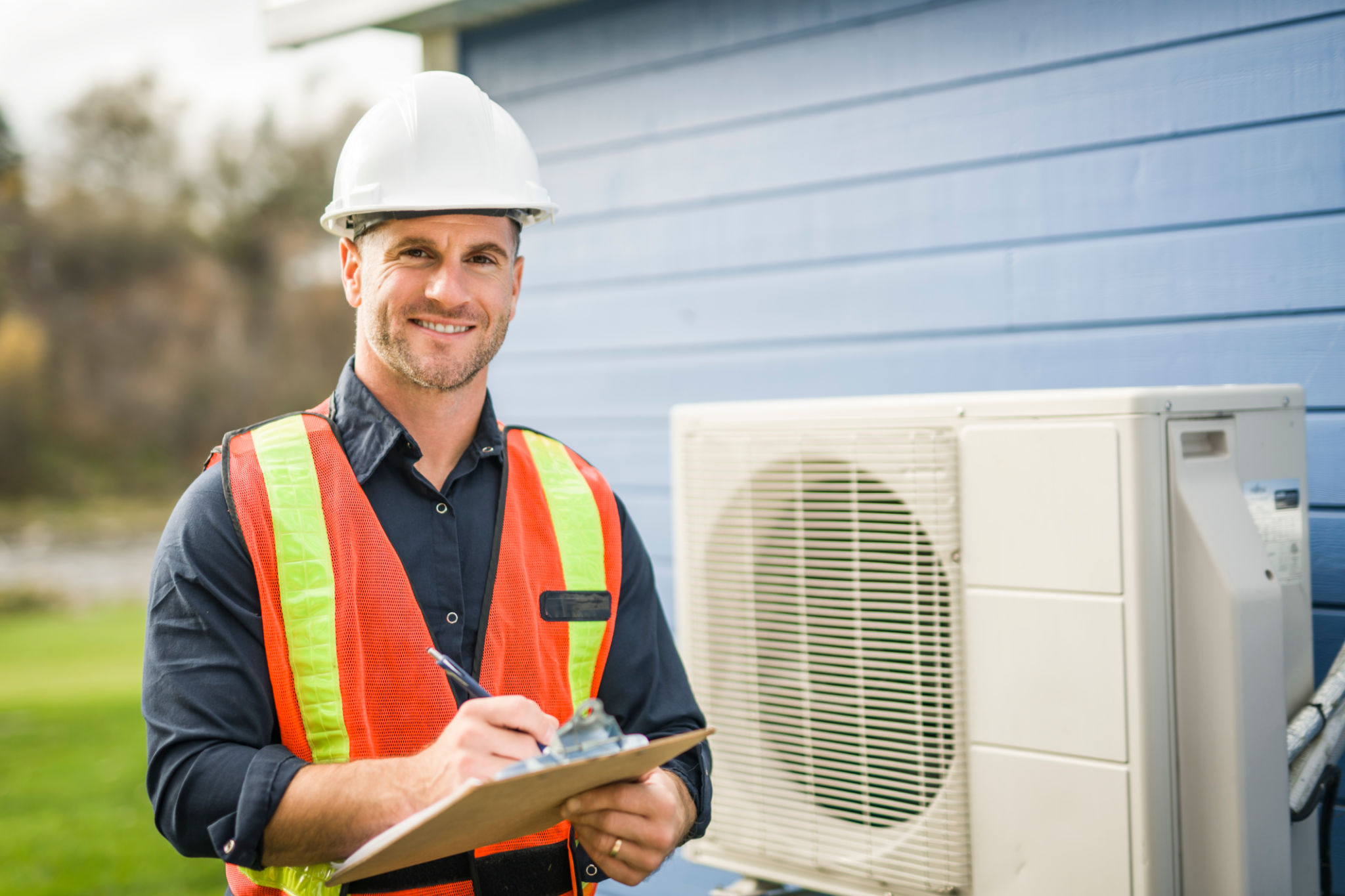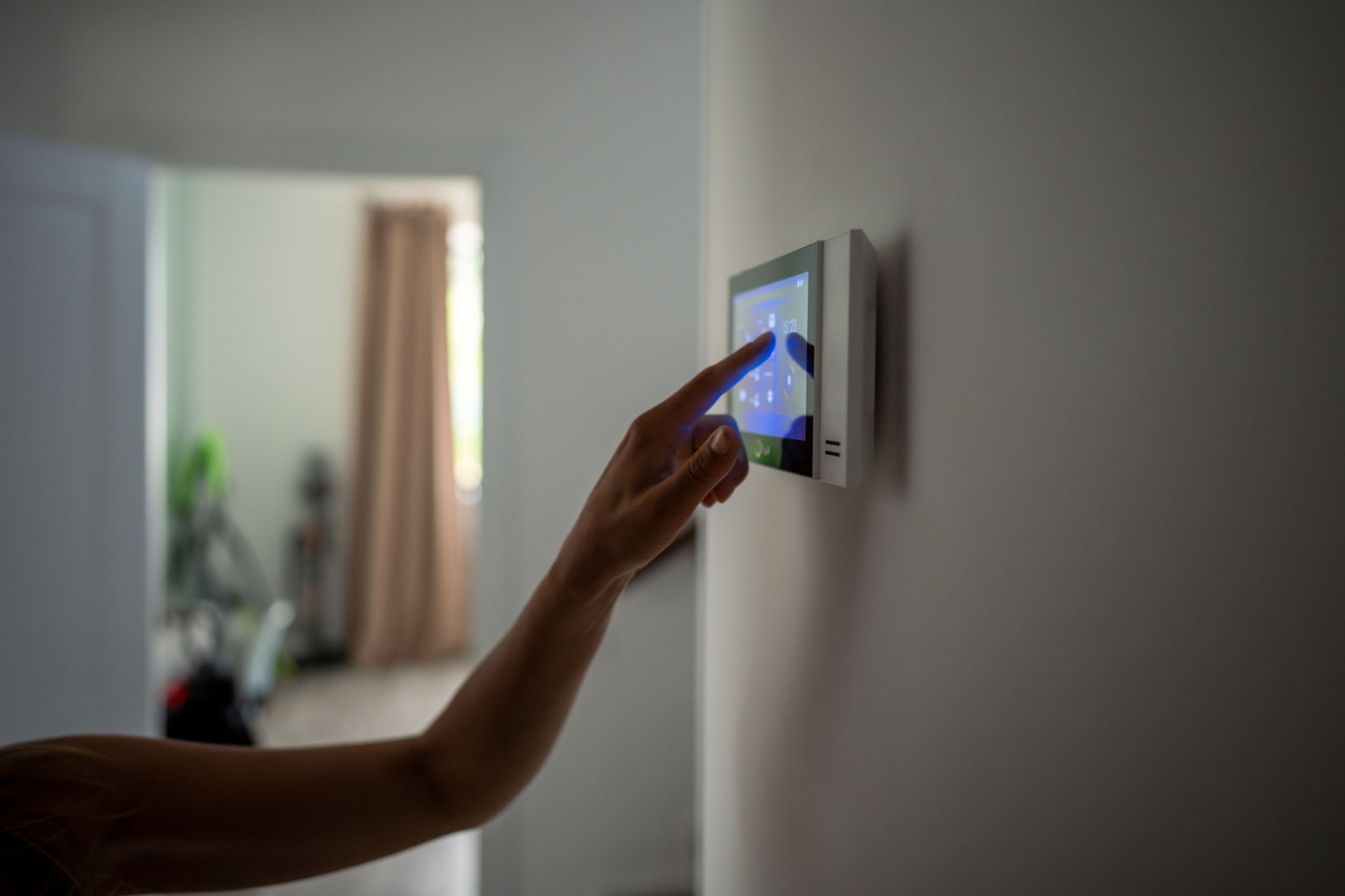Understanding the Latest Trends in Commercial HVAC Technology
Introduction to Commercial HVAC Technology
The commercial HVAC industry is undergoing a rapid transformation, driven by technological advancements and a growing emphasis on energy efficiency and sustainability. Understanding the latest trends in commercial HVAC technology is crucial for businesses looking to optimize their climate control systems, reduce costs, and contribute to environmental conservation.

Energy Efficiency and Sustainability
One of the most significant trends in HVAC technology is the shift towards energy-efficient and sustainable systems. With the rising cost of energy and increasing regulatory pressures, businesses are prioritizing HVAC solutions that minimize energy consumption. This includes the implementation of energy recovery ventilation (ERV) systems, which capture and reuse energy from exhaust air to precondition incoming fresh air.
Additionally, sustainable refrigerants are gaining traction as companies move away from traditional refrigerants that contribute to greenhouse gas emissions. Alternatives like hydrofluoroolefins (HFOs) and natural refrigerants are becoming popular choices due to their lower environmental impact.
Smart HVAC Systems
Another trend reshaping the commercial HVAC landscape is the integration of smart technology. Smart HVAC systems leverage the Internet of Things (IoT) to provide real-time data and analytics, enabling more precise control over heating, ventilation, and air conditioning. These systems can automatically adjust settings based on occupancy and weather conditions, ensuring optimal performance while reducing energy waste.

Furthermore, smart thermostats and sensors allow for remote monitoring and management, giving facility managers the ability to oversee multiple locations from a single interface. This capability not only enhances convenience but also aids in predictive maintenance, reducing downtime and extending equipment lifespan.
Advanced Air Quality Management
As concerns about indoor air quality (IAQ) continue to rise, especially in the wake of the COVID-19 pandemic, advanced air quality management has become a top priority for commercial spaces. Modern HVAC systems are now equipped with high-efficiency particulate air (HEPA) filters and ultraviolet (UV) light technology to capture and neutralize airborne contaminants.
Moreover, demand control ventilation (DCV) systems adjust ventilation rates based on occupancy levels, maintaining optimal indoor air quality while conserving energy. This approach not only enhances occupant comfort but also fosters a healthier indoor environment.

Integration with Building Automation Systems
The integration of HVAC systems with building automation systems (BAS) is an emerging trend that offers comprehensive control over building operations. By connecting HVAC with other building systems such as lighting, security, and fire safety, businesses can achieve a unified platform for energy management and operational efficiency.
This holistic approach not only streamlines processes but also provides valuable insights into building performance, allowing for informed decision-making that can lead to substantial cost savings.
Conclusion
In conclusion, staying abreast of the latest trends in commercial HVAC technology is essential for businesses aiming to enhance operational efficiency and sustainability. By embracing energy-efficient systems, smart technology, advanced air quality management, and integrated solutions, companies can not only reduce their environmental footprint but also achieve significant financial savings. As the industry continues to evolve, keeping pace with these innovations will be key to maintaining a competitive edge in the market.